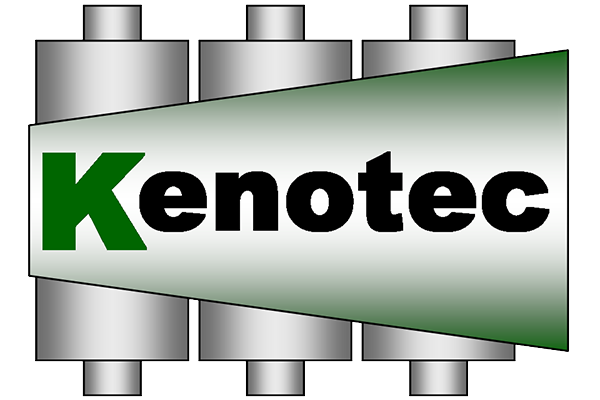HERE YOU WILL FIND SOME HELPFUL FAQ`S
On this page we want to answer frequently asked questions about our company, our products or our materials or publish general information. It is a living document and will continue to expand.
We are also available to clarify your questions by phone, fax or e-mail.
WHAT DOES KENOTEC MEAN?
The term keno comes from the Greek and stands for the gap in the wall, a passage or a breach. Since our products and technologies were intended to fill this gap, we decided to use the name Kenotec. Keno therefore also represents the gap that arose in the soft PVC door and gate market at the end of 2005. We will make every effort to close these.
CAN YOU GLUE SOFT PVC?
For bonding soft PVC materials together, the use of solvent-based adhesives based on tetrahydrofuran (THF) is recommended. This type of bonding is called diffusion bonding or swelling welding. Plasticizer-resistant adhesives are recommended for bonding with other materials. The cleanliness of the surface to be bonded is of crucial importance, therefore the surfaces should be cleaned with methyl alcohol before bonding.
HOW TO CLEAN SOFT PVC?
For cleaning, we recommend detergents and cleaning agents free of abrasives. The manufacturers of industrial cleaners usually recommend suitable cleaning agents for cleaning truck tarpaulins. These can also be used without hesitation for cleaning transparent soft PVC materials.
Important, the substance should not be concentrated too high and should be as neutral as possible. The adage “a lot helps a lot” may be wrong when cleaning flexible PVC. Temperatures must not be too high, so do not use steam jets or steam cleaners.
CAN YOU WELD SOFT PVC?
Soft PVC is excellent for welding. The most common types of welding are: High frequency welding,
Hot plate welding and thermal gas welding
IS SOFT PVC SEWABLE?
Soft PVC can be sewn without problems on standard industrial sewing machines. The thickness of the material and the fact that no strong tensile stresses are introduced by the material feed during the sewing process are important for this. These can otherwise lead to negative phenomena such as wrinkling or waves in the material. The base should be as rough a surface as possible, e.g. a surface that is not hard. Felt should be used so that the webs can glide well.
ARE THE PLASTICIZERS USED HARMFUL?
The EU Chemicals Commission has confirmed that the standard plasticizer DINP used by Kenotec is harmless.
The EU has confirmed that two of the most commonly used plasticizers, DINP and DIDP, are not classified as hazardous and do not pose any risks to human health or the environment in their current form of use. The results of the risk assessment of the two plasticizers, published in the Official Journal of the EU, thus bring to an end a ten-year process of comprehensive scientific evaluations by regulatory authorities and legislators, while confirming their safety to the health of consumers.
